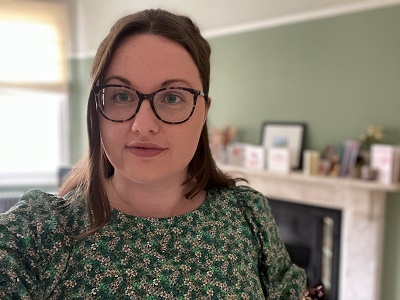 Frances is a Senior Planner (MRTPI) at Turley. She has worked on a variety of employment, retail, energy and residential projects across both England and Wales. She has a keen interest in inclusivity in planning and is part of the Gender Mainstreaming Group at Turley.
Frances is a Senior Planner (MRTPI) at Turley. She has worked on a variety of employment, retail, energy and residential projects across both England and Wales. She has a keen interest in inclusivity in planning and is part of the Gender Mainstreaming Group at Turley.
Unsurprisingly, cities have historically been planned around a male perspective. The result? Groups in society, including for example, women, ethnic and religious minorities, people with disabilities and vulnerable groups, are disproportionately impacted and excluded from the urban environment.
However, it is important to acknowledge that this exclusion is not experienced in a singular way.
One of the most reported issues in mainstream media is women’s safety in the public realm. The countless stories of violent sexual harassment and sexual assault against women in public spaces. The statics (which make for difficult reading) reflect this reality:
- 80% of women of all ages have experienced sexual harassment in public spaces in the UK[1]
- 81% of women don’t feel safe in open spaces or parks after dark[2]
- 55% of women state that they would not use public transport after dark[3]
But crucially, the needs of women and girls go far beyond avoiding violent assault. Women and girls must be able to participate fully in public spaces in their daily lives to reach their full potential. As research[4] from Make Space for Girls shows, “girls are designed out of public spaces when they should be increasing their autonomy and developing an independent life”. Beyond this, public spaces often have narrow pavements, blind corners, alleyways, and few ramps that continue to make it difficult for women to navigate these built environments.
As such, women’s lived experience of the public realm is becoming ever more important to grapple with at every stage of the planning and development process. This stretches from planning policy, to development design, to implementation and delivery.
This is where Gender Mainstreaming comes in to focus. Gender Mainstreaming is:
“the integration of the gender perspective into every stage of policy process with a view to promoting equality between women and men[5]”.
The key principles of Gender Mainstreaming are:
- Recognition that ‘business as usual’ centres the ‘default male’;
- The importance of sex disaggregated data collection and analysis;
- Ensuring equal access to and utilisation of services;
- Ensuring women and men are equally involved in decision making; and,
- Ensuring equity is integrated into steering processes.
One of the most encouraging and meaningful examples of where the Gender Mainstreaming approach has been adopted can be seen in Glasgow. In October 2022, a Motion was passed in Glasgow City Council that puts women at the heart of urban planning. Following the established footsteps of Vienna, the motion officially embeds a feminist approach into the City Development Plan. Glasgow will use a gendered lens for all aspects of planning, public realm design, policy development and budget. The ultimate aim with this approach is to create public spaces that are safe and inclusive for women and accessible to all members of the community.
Of course, policy shifts need to be accompanied by and arguably will be driven by an attitudinal shift within the planning and development profession and industry more widely. For gender mainstreaming to be embedded in the industry, it will be important for professionals to adapt their way of working and become advocates of this approach, championing access for all, safety, equality and equity and looking for more ways this can be achieved through exemplar planning.
It is crucially important to acknowledge that the issues discussed in this blog are not exclusive to women. Ethnic and religious minorities, people with different gender identities, sexualities and those with disabilities may also experience vulnerabilities in public spaces. As existing evidence demonstrates, small, but meaningful, changes to the ways in which we plan, design and construct the built environment would not only improve women’s safety and allow for greater participation, but also help improve safety, liveability and accessibility for everyone[6].
[1] APPG UN Women Sexual Harassment Report (unwomenuk.org)
[2] Perceptions of personal safety and experiences of harassment, Great Britain - Office for National Statistics
[3] Travelling in a Woman's Shoes - Arup
[4] Make Space for Girls (website-files.com)


